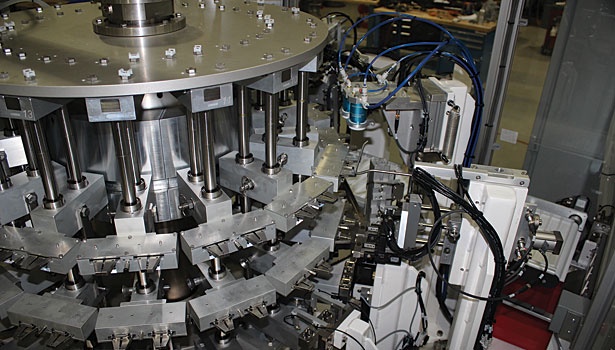In today's rapidly evolving manufacturing landscape, the ability to adapt to change is crucial for staying competitive. Traditional assembly systems often struggle to keep pace with shifting market demands, leading to inefficiencies and missed opportunities. However, flexible assembly systems offer a solution to this challenge by providing manufacturers with the agility needed to respond quickly to changes in production requirements. In this article, we'll explore how flexible assembly systems enhance manufacturing agility and enable businesses to thrive in dynamic environments.
Understanding the Need for Agility in Manufacturing:
Manufacturing environments are inherently dynamic, with factors such as customer demands, market trends, and technological advancements constantly evolving. In this fast-paced industry, companies that can't adapt quickly risk falling behind their competitors. Traditional assembly systems, characterized by fixed processes and specialized equipment, are ill-equipped to handle rapid changes in production needs. This lack of agility can result in downtime, excess inventory, and missed opportunities. To remain competitive, manufacturers need a more flexible approach to production that allows them to respond quickly and efficiently to changing demands.
Introducing Flexible Assembly Systems:
Flexible assembly systems represent a paradigm shift in manufacturing, offering a modular and adaptable approach to production. Unlike traditional assembly lines, which are designed for specific products or processes, flexible assembly systems are built to accommodate a wide range of products and production requirements. These systems consist of modular components and configurable workstations that can be easily reconfigured or repurposed to meet changing needs. By embracing flexibility and modularity, manufacturers can minimize downtime, optimize resource utilization, and respond quickly to shifts in demand.
Enhancing Manufacturing Agility:
At the heart of flexible assembly systems is the concept of agility—the ability to adapt quickly and effectively to changing circumstances. By embracing flexibility and modularity, these systems enable manufacturers to respond rapidly to changes in production requirements, such as variations in product specifications, batch sizes, or production schedules. For example, if a customer requests a customized product, a flexible assembly system can quickly reconfigure its workstations and processes to accommodate the new requirements, minimizing lead times and ensuring timely delivery.
Another key aspect of manufacturing agility is the ability to scale production up or down in response to fluctuating demand. Flexible assembly systems excel in this regard, as they are designed to be easily scalable and adaptable to changes in production volume. Whether it's ramping up production to meet increased demand or scaling back operations during slower periods, manufacturers can leverage the flexibility of these systems to optimize resource utilization and maintain profitability.
Furthermore, flexible assembly systems facilitate agile decision-making by providing real-time visibility into production processes and performance metrics. Advanced monitoring and control systems allow manufacturers to track key performance indicators (KPIs) in real time, identify bottlenecks or inefficiencies, and make data-driven decisions to optimize production. This level of visibility and control enables manufacturers to proactively address issues as they arise, minimizing disruptions and maximizing productivity
Case Study: Implementing Flexible Assembly Systems at XYZ Manufacturing:
To illustrate the benefits of flexible assembly systems in enhancing manufacturing agility, let's consider the case of XYZ Manufacturing, a leading automotive parts supplier. Faced with increasing demand for customized parts and shorter lead times, XYZ Manufacturing recognized the need to enhance its production flexibility and responsiveness.
XYZ Manufacturing invested in flexible assembly systems that could accommodate a wide range of product variants and adapt quickly to changing production requirements. By modularizing its assembly processes and implementing configurable workstations, XYZ Manufacturing was able to reduce setup times, improve changeover flexibility, and respond quickly to customer requests for customized parts.
The results were significant—XYZ Manufacturing saw a substantial increase in production efficiency, with reduced lead times and improved on-time delivery performance. By embracing flexible assembly systems, XYZ Manufacturing was able to enhance its manufacturing agility, stay ahead of the competition, and meet the evolving needs of its customers.
Final Thoughts:
In conclusion, flexible assembly systems play a critical role in enhancing manufacturing agility and enabling businesses to thrive in dynamic environments. By embracing flexibility, modularity, and scalability, these systems empower manufacturers to respond quickly and effectively to changes in production requirements, market demands, and customer preferences. With the ability to adapt rapidly to changing circumstances, manufacturers can minimize downtime, optimize resource utilization, and maintain a competitive edge in today's fast-paced manufacturing landscape. As the industry continues to evolve, flexible assembly systems will become increasingly essential for businesses seeking to stay agile, responsive, and ahead of the curve.


No comments yet